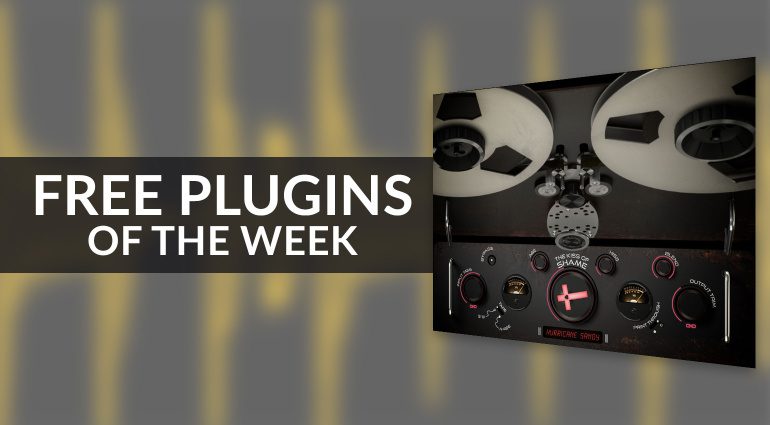The integration of DallE 3 into ChatGPT has opened up a new realm of possibilities for OpenAI users, enabling them to create images through text prompts directly in the ChatGPT web browser. This feature, however, is not yet available to all. Although recently a Google form shared on Discord provided a chance to gain access to the new feature earlier than most. Unfortunately the DALL-E in ChatGPT Alpha Access form has now been disabled.
Access to Dall-E 3 in ChatGPT is currently limited, with the feature not appearing in the beta features section of GPT 4, but as an extra option at the current time. However OpenAI is rolling out access slowly but surely and some people have already been able to gain access.
Once enabled in ChatGPT Plus users are capped at 50 messages per hour, a restriction that may change as the tool evolves and becomes more widely available. Despite these limitations, the potential of Dall-E 3 is evident in the high-resolution and quality images it can produce, surpassing the capabilities of other tools like Bing create.
The use of DallE 3 in ChatGPT requires a certain level of specificity with prompts to achieve the desired results. The AI is very literal and sensitive to wording, meaning that understanding its tendencies can lead to better outcomes. DallE 3 also has specific policies to abide by, such as not creating images of politicians or other public figures, and avoiding any imagery that might be considered offensive. These restrictions are in place to ensure the responsible use of the tool and to prevent misuse. However, these policies also extend to creating images of copyrighted characters, a restriction that may limit the creative freedom of users.
DallE 3 in ChatGPT
Despite these restrictions, there are workarounds that can be employed in DallE 3, which can be used to create image variations. The seed feature for instance allows users to experiment with different versions of an image, providing a degree of flexibility and creativity within the confines of the tool’s policies. Check out the demonstration video below to learn more about how to use DALL-E 3 in ChatGPT from MattVidPro AI.
Other articles you may find of interest on the subject of DallE 3 and AI art generators
The DallE 3 feature also works on a phone, but only for viewing and saving previously created images, not for creating new ones. Although you can be sure that OpenAI is working on ways to roll this out to mobile devices as well in the future as the AI art generation tool continues to evolve and adapt to user needs.
User experiences and creations with DallE 3 in ChatGPT have been largely positive, with the presenter showcasing some user-created images. These images highlight the potential of the tool, demonstrating its ability to bring ideas to life in a visual format. However, as with any new technology, there is a learning curve involved, and users may need to experiment with different prompts and settings to achieve the desired results.
The integration of DallE 3 into ChatGPT represents a significant step forward in AI technology, offering users the ability to create images through text prompts. While there are limitations and restrictions to consider, the potential of this tool is evident in the high-quality images it can produce. As it becomes more widely available, it will be interesting to see how users adapt to and utilize this innovative feature.
OpenAI DallE 3 development
DallE 3 is built natively on ChatGPT, a language model developed by OpenAI. This integration allows users to use ChatGPT as a brainstorming partner and refiner of their prompts. Users can simply ask ChatGPT what they want to see, and the AI will generate a detailed prompt for DallE 3. This seamless integration between the two systems allows for a more intuitive and interactive user experience.
When prompted with an idea, ChatGPT will automatically generate tailored, detailed prompts for DallE 3 that bring the user’s idea to life. If a user likes a particular image, but it’s not quite right, they can ask ChatGPT to make tweaks with just a few words. This feature allows for a more interactive and personalized user experience.
Modern text-to-image systems often ignore words or descriptions, forcing users to learn prompt engineering. DallE 3 represents a leap forward in the ability to generate images that exactly adhere to the text provided by the user. This feature allows for a more accurate and detailed representation of the user’s ideas.
One of the key features of DallE 3 is its ability to decline requests that ask for an image in the style of a living artist. This feature is a significant step towards respecting the intellectual property rights of artists. In addition, creators can now opt their images out from the training of future image generation models, providing them with more control over their creative content.
OpenAI has also taken steps to limit DallE 3’s ability to generate violent, adult, or hateful content. This is part of OpenAI’s commitment to ensuring that their AI systems are used responsibly and ethically. Furthermore, DallE 3 has been designed to decline requests that ask for a public figure by name, a feature that has been implemented to protect the privacy and likeness of individuals.
OpenAI is also researching the best ways to help people identify when an image was created with AI. They are experimenting with a provenance classifier, a new internal tool that can help identify whether or not an image was generated by DallE 3. This tool could potentially be used to better understand the ways generated images might be used and to ensure the responsible use of AI-generated images.
DallE 3 represents a significant advancement in the field of AI art generation. Its integration with ChatGPT, its respect for intellectual property rights, and its commitment to ethical and responsible use make it a promising tool for creators and users alike.
Filed Under: Guides, Top News
Latest togetherbe Deals
Disclosure: Some of our articles include affiliate links. If you buy something through one of these links, togetherbe may earn an affiliate commission. Learn about our Disclosure Policy.






